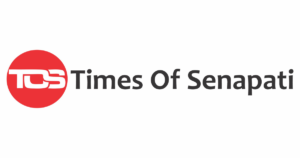New Delhi, August 6: The Indian Postal Department has announced that it will discontinue its iconic Registered Post service from September 1, 2025, bringing an end to a legacy that has spanned over five decades. The move comes as part of a strategic plan to modernise operations and integrate Registered Post with Speed Post, India Post’s premium mail delivery service.
Registered Post has long served as a trusted channel for delivering important documents such as job offers, legal notices, court communications, and government correspondence. It played a pivotal role in the lives of millions, especially before the digital era transformed communication.
However, official data indicates a steady decline in usage. Registered post volume dropped by 25%, from 244.4 million items in 2011–12 to 184.6 million in 2019–20. The decline has been attributed to increasing digital adoption, competition from private couriers, and the rise of e-commerce logistics providers.
The Department’s Secretary and Director General has issued directives urging all government departments, courts, educational institutions, and other users to transition to Speed Post before the September 1 deadline. The merger aims to enhance operational efficiency, improve tracking systems, and reduce delivery times by consolidating services under a single, more advanced platform.
While the move is seen as a step toward modernisation, it has raised concerns regarding affordability. Registered Post used to cost Rs 25.96 plus Rs 5 per additional 20 grams, while Speed Post starts at Rs 41 for up to 50 grams, making it approximately 20–25% more expensive. Critics argue that this price increase may adversely affect rural populations, small traders, farmers, and economically vulnerable citizens who rely on affordable and reliable postal services.
Introduced in 1986, Speed Post has grown into a widely-used express delivery system known for its tracking capability and speed. With this merger, India Post hopes to streamline its services in line with global best practices and the changing demands of the digital age.
